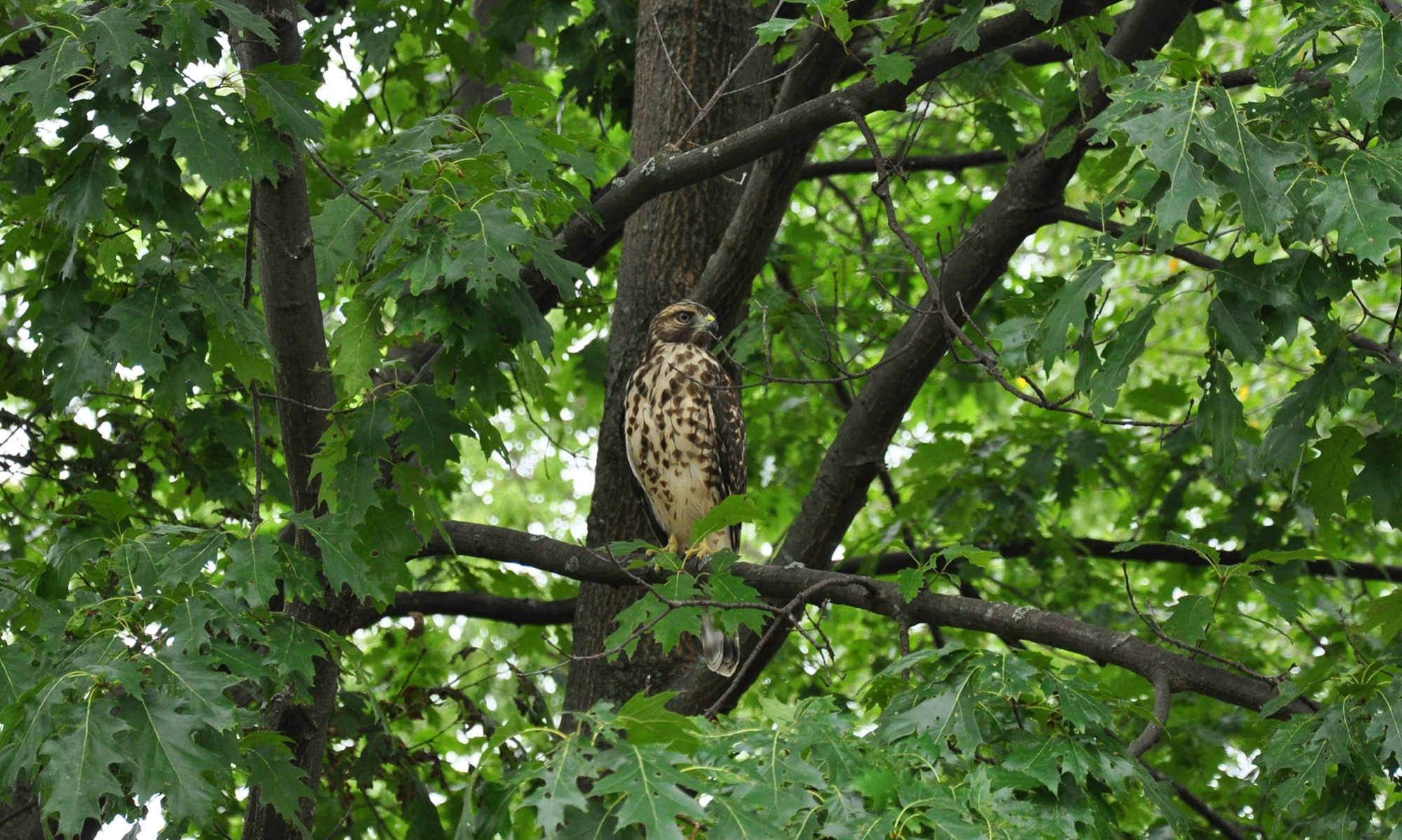The headline in the article in the Kokomo Tribune on December 14th said, “Facing looming energy shortage, Indiana utilities slowly adopt battery storage”. In October 2024, the Kokomo Planning Board turned down a application from Spearmint Energy to build a battery storage system station on approximately 25 acres of now farm land near the intersection of Lincoln and Goyer Roads. Spearmint Energy said they would reapply in six months.

Citizens objected. The “No” vote was 9-0. The Tribune article said citizen concerns centered around the possibility of one or more of the batteries catching fire posing a safety risk to buildings and residents nearby. This has happened elsewhere. The article pointed out lithium ion battery fires are notoriously difficult to extinguish as the salts in the batteries are self-oxidizing, which means they cannot be “starved out” by traditional fire fighting methods. That and lithium battery fires release toxic gases including hydrogen fluoride (HF), hydrogen chloride, hydrogen cyanide, carbon monoxide, and sulfur dioxide. These gases can cause severe respiratory distress, skin burns, eye irritation, and even death.
But what is all the push for electric battery storage for in the first place? The reason shouts! The demand for more and more electricity supply is on the increase. And electricity is not something one can store up at home or in an office space or a data center or factory. The demand is instantaneous and the supply must be there then, not later.
On the other hand, electric utilities have been closing down traditional power generating plants, many of which were coal fired. They have been depending more and more upon unpredictable generating like wind mills and solar panels; neither of which can be depended upon continuously. Locally, look at the wind mills in Tipton County and the to-be solar fields in Howard County and Cass County. The answer to lack of instant electricity seems to be build large battery electric storage facilities that can feed electricity back to the power grid when demand is high and instant generating capacity cannot meet the demand. This looks a lot like a huge band aid solution.
We need an updated electric power grid to deliver electricity. We need full time dependable, instantaneous electricity generating capacity to meet demand; not battery storage band aids. We need utility companies to build new or refurbish old generation plants powered by dependable full time energy sources. Does this mean coal and natural gas….or, perhaps, nuclear plants? YES. Those until a better solution emerges. Wind and solar sources will not do.
We need to get off of the fascination with wind and solar farms. Neither are efficient or cost effective. Neither are dependable full time. Both start deterioration from the day they become operational. Time to rethink.


